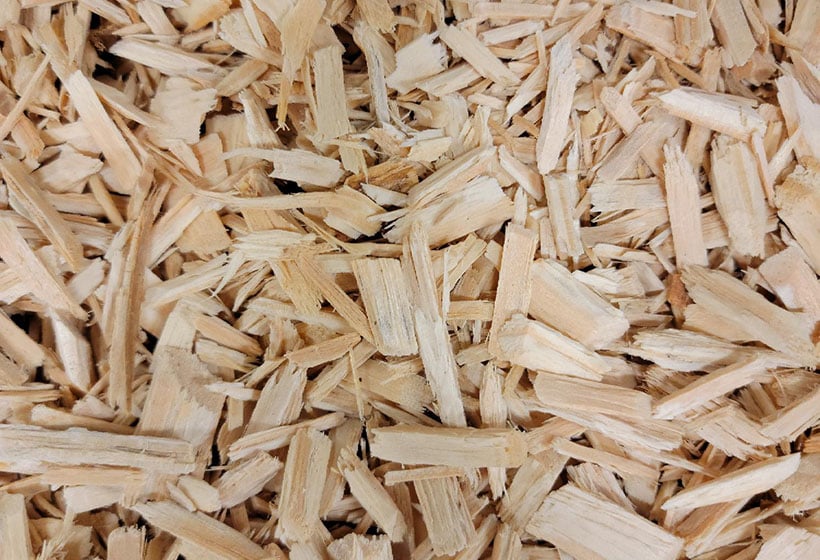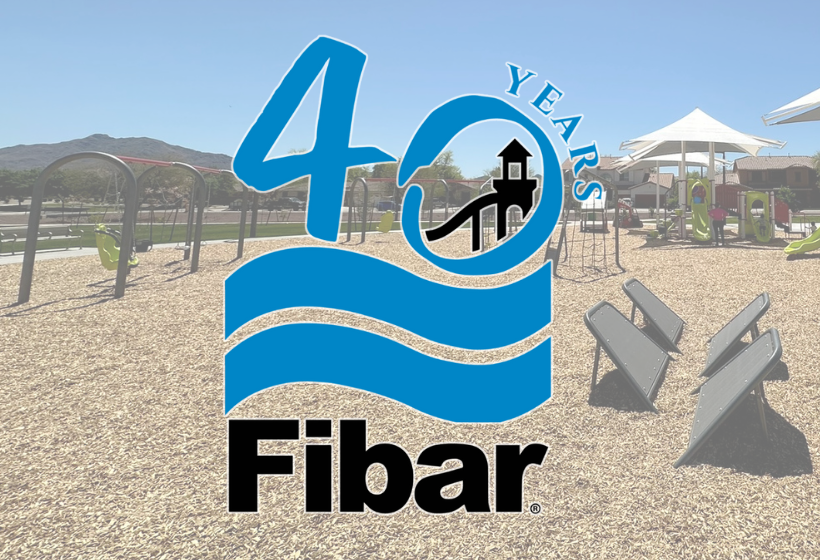Choosing the right surface for your playground often goes beyond the curb appeal. For parents, teachers, and community planners, it's about keeping kids safe, making maintenance manageable, ensuring everyone can play, and staying within budget.
If you've been weighing your playground surfacing options for a while, you've probably come across two popular choices: poured-in-place rubber and engineered wood fiber. In this post, we’ll help you decide which one fits your playground best.
Why Choose Poured-in-Place Rubber
Poured-in-place rubber is installed directly on-site. It's poured in two layers, a base of shredded rubber topped with colorful granules that form a smooth, durable surface. The seamless finish looks clean and modern, and once installed, it needs very little upkeep.
Because it's solid and smooth, poured-in-place playground surfacing is a sought-after choice for parks, schools, and other public spaces where accessibility and appearance matter. If you want to create protective and fun play areas in your school or public park, this is a long-lasting solution.
Why Choose Engineered Wood Fiber
Engineered wood fiber is made from clean, untreated natural wood specially processed for playground use. Engineered wood fiber meets strict safety standards like ASTM and ADA, and has been trusted by parks and schools across the U.S. for years.
Fibar's engineered wood fiber systems are among North America's most popular engineered wood fiber playground surfacing options. They offer an affordable, effective solution for real-world wear and tear.
Comparing PIP and EWF Playground Surfacing
Here’s how these two options stack up in the areas that usually matter most.
Safety and Fall Protection
Poured-in-place rubber offers reliable coverage, with fewer tripping hazards and a consistently soft surface. Engineered wood fiber also provides strong fall protection when installed correctly and regularly maintained. Both surfaces are built to reduce injuries from falls and meet the ASTM F1292 standard for impact protection.
Accessibility
Both poured-in-place rubber and engineered wood fiber are great options for an accessible playground surface. Wheelchairs and strollers can glide across without getting stuck or slowed down.
Engineered wood fiber for playgrounds also meets ADA requirements when installed and maintained correctly. Specifically, Fibar's engineered wood fiber is tested regularly to make sure it complies with all relevant ASTM standards, including F1951 for wheelchair access.
Cost and Long-Term Value
Poured-in-place rubber costs more upfront. It requires professional installation and time to cure. But, once installed, it needs little attention, making it a low-maintenance choice in the long run.
Engineered wood fiber for playgrounds is far less expensive to install. If you're working with a tight budget or need to cover a large area, it's a practical choice.
When comparing playground surface costs, think long-term. If reducing upkeep is a priority, investing in a poured-in-place playground surface could pay off. But engineered wood fiber might make more sense if you're focused on upfront savings.
Maintenance
Poured-in-place rubber is typically low-maintenance. However, you’ll still need to check for wear in high-traffic spots like under swings or slides. Otherwise, it holds up well with minimal effort.
On the other hand, engineered wood fiber playground surfacing needs more attention. You'll have to rake it regularly to keep it level and top it off as it compacts, especially to maintain protective fall zones.
If your on-site team has limited time or resources, a poured-in-place playground surface might save you effort in the long run.
Weather Performance
Climate can affect how well your surface holds up over time. Poured-in-place rubber performs well in most weather. It stays solid, though extreme heat may soften the surface or cause some fading. In colder climates, it can feel firmer underfoot.
Engineered wood fiber for playgrounds is more flexible with seasonal shifts. It handles rain and snow well when installed with a proper drainage system. In fact, our FibarSystem 300 can save more than 50% on drainage costs. It’s a reliable option for schools, community parks, and public playgrounds.
However, if the weather swings from hot to cold or wet to dry, engineered wood fiber playground surfacing offers solid year-round performance.
Environmental Impact
Poured-in-place rubber often uses recycled materials, helping reduce landfill waste. It's a long-lasting playground surfacing option, though it's not biodegradable.
Engineered wood fiber is made from renewable, sustainably harvested virgin wood. It naturally breaks down over time and may help your project earn LEED credits if you focus on green building practices. It's one of the more environmentally conscious playground surfacing options available.
Both materials offer environmental benefits in their own way. If natural and biodegradable matter most to you, use engineered wood fiber for your playground. If you value reusing recycled content, poured-in-place may be a better fit.
Get a Quote on Playground Surfacing Options at Fibar
Whether designing a new play area or upgrading an existing one, weigh your playground surfacing options carefully. Our team can help you choose the right surfacing for your site.
Contact us today for expert guidance that fits your goals and budget.





%20edit.jpg)